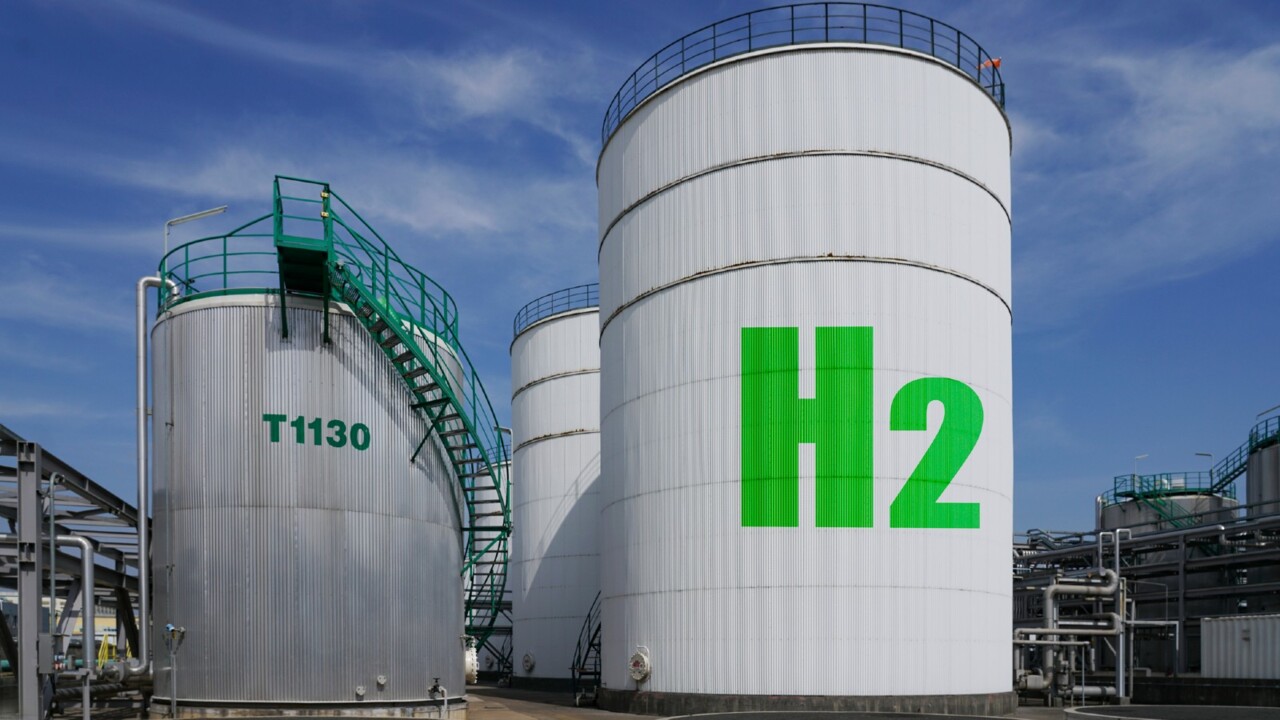Blackout risks: A nation lost in energy transition
Electricity users face a heightened risk of blackouts during peak demand in NSW and Victoria, with the energy market operator forced to bid for emergency supplies.

Electricity users face a heightened risk of blackouts during peak demand in NSW and Victoria this summer, with the energy market operator forced to bid for emergency supplies amid delays in new transmission lines and renewables projects.
The prospect of holiday power outages during a cost-of-living crisis will ramp up the pre-election contest over Labor’s vision to transform Australia into a renewable-energy superpower, overhaul fuel-efficiency standards for new cars and pour billions of taxpayer funds into emerging industries.
One week after the budget handed $300 power bill rebates to every household, a new energy market update says reliability gaps have deteriorated in the two most populous states and will decline through the decade in South Australia.
The forecast will raise concerns over a choppy transition to greener power as the bulk of Australia’s coal power stations are retired this decade, and the government proceeds with plans to deploy 32 gigawatts of renewable and clean dispatchable capacity by 2030.
The Australian Energy Market Operator blamed the worsening outlook on a series of delays, including a year-long lag in delivering the EnergyConnect power cable between NSW and South Australia and a similar delay to the state’s Central West Orana transmission line.
Multiple hold-ups to battery, hydro-storage, wind and solar projects have all added to the tighter outlook while the shutdown of gas and diesel generation in South Australia will lead to a supply squeeze in Victoria.
The revised outlook from AEMO lands amid heated debate over the role of gas, which has split the Labor Party and ignited a fresh political row with the Greens.
The government last week committed to the fuel source remaining a key part of the energy mix to 2050 and beyond.
Last week, Labor also teamed up with the Greens to ditch changes aimed at fixing the “broken” offshore gas approvals system in return for the passage of its petroleum resource rent tax changes and the introduction of tough standards reducing emissions for new passenger vehicles by more than 60 per cent by 2030.

Given the looming reliability risks, AEMO will on Tuesday put out a call to the market for emergency power supplies for NSW and Victoria to minimise the risk of blackouts during peak demand in the 2024-25 summer.
NSW faces a reliability gap of more than 1000 megawatts of power from 2025-26, which widens to more than 3000MW in 2032-33. The figures underscore the challenge for Australia of more than doubling its renewable capacity to achieve Labor’s target of 82 per cent by 2030 while keeping a lid on household bills at a time of cost-of-living stress.
“While new generation and storage capacity continues to increase, project development and commissioning delays are impacting reliability throughout the horizon,” said AEMO chief executive Daniel Westerman.
Peter Dutton used his budget reply speech on Thursday to enshrine reliable and affordable energy as one of the central political battlegrounds of the next election along with housing and migration. The Opposition Leader accused Labor of betraying the public over its vow to reduce power bills by $275 a year by 2025.
Mr Dutton warned that spiralling power prices would undermine Labor’s new Future Made in Australia agenda, shutting down manufacturers or sending them offshore. He blasted the government for forcing the nation into relying on “weather-dependent energy”.
Anthony Albanese has sought to defuse anger over rising electricity bills by committing to the delivery of $300 subsidies for every household – a tactic also aimed at lowering inflation – while committing billions to the development of emerging industries critical to achieving the net-zero transformation.

AEMO pointed to a giant pipeline of green projects expected to be delivered to the market in the next decade along with unprecedented intervention from both state and federal governments to avoid a bumpy path to a renewable-powered grid.
Its updated electricity outlook does not include federal or state government energy programs nor a 280-gigawatt pipeline of proposed generation and storage projects in development stages, representing nearly five times the currency capacity of the national electricity market.
Energy Minister Chris Bowen said that once key government policies were factored into the equation, the AEMO report showed a “dramatically improved outlook on reliability – and this boosted outlook isn’t even including the wider 32GW boost with our Capacity Investment Scheme”. “There are projects scheduled to commence operating and meet energy demand this summer,” Mr Bowen said. “With AEMO procuring interim reserves we can be confident of ongoing reliability across higher demand periods, even if anticipated projects are delayed.”
AEMO said the report highlighted a call for “timely” investment in projects to generate, store and share electricity to manage reliability risks from retiring coal plants.
A plan is also expected in NSW this week to confirm that Eraring – Australia’s biggest coal-power station – may stay open for four more years, with the NSW government working on a safety-net solution to head off the threat of blackouts.
Market executives have warned that allowing the state’s largest source of electricity – typically producing about a quarter of NSW’s electricity – would stoke prices for households and businesses buckling under high interest rates and soaring inflation.
Coal is still the dominant source of electricity in Australia, with its 20GW of capacity accounting for about 60 per cent of all power. To replace coal, Australia will need to build more capacity than the amount of coal in the system due to the intermittent source of renewable energy.






To join the conversation, please log in. Don't have an account? Register
Join the conversation, you are commenting as Logout